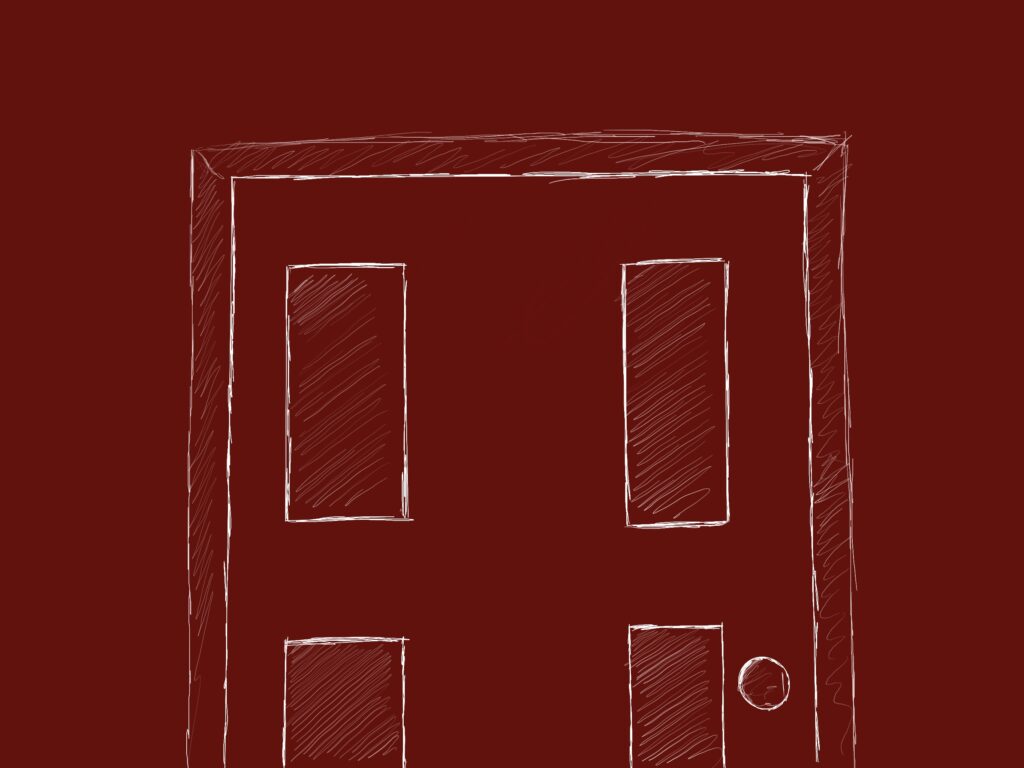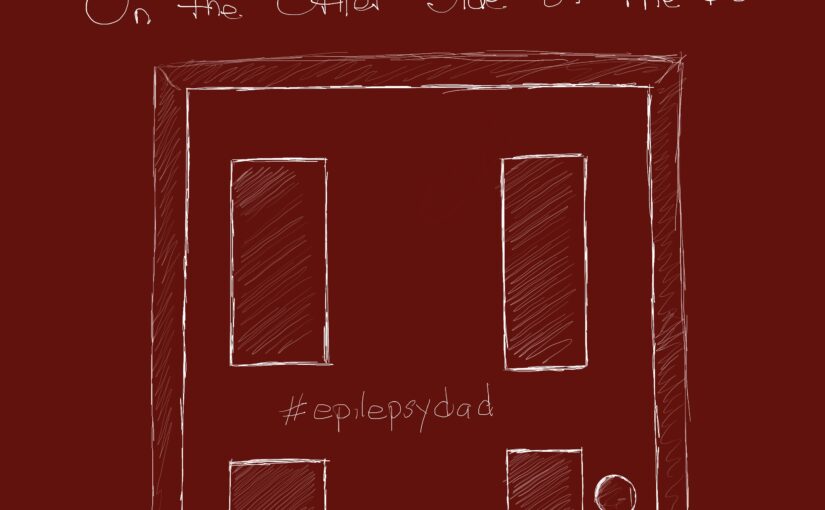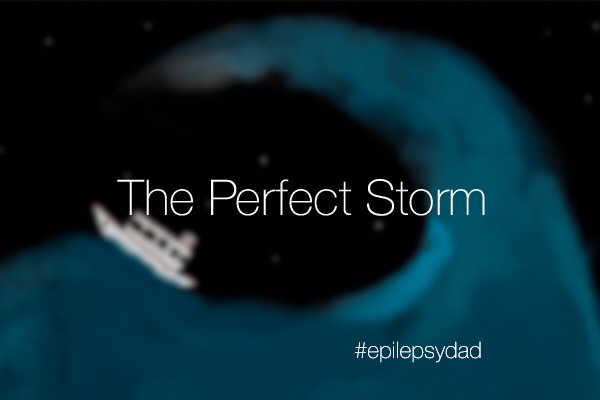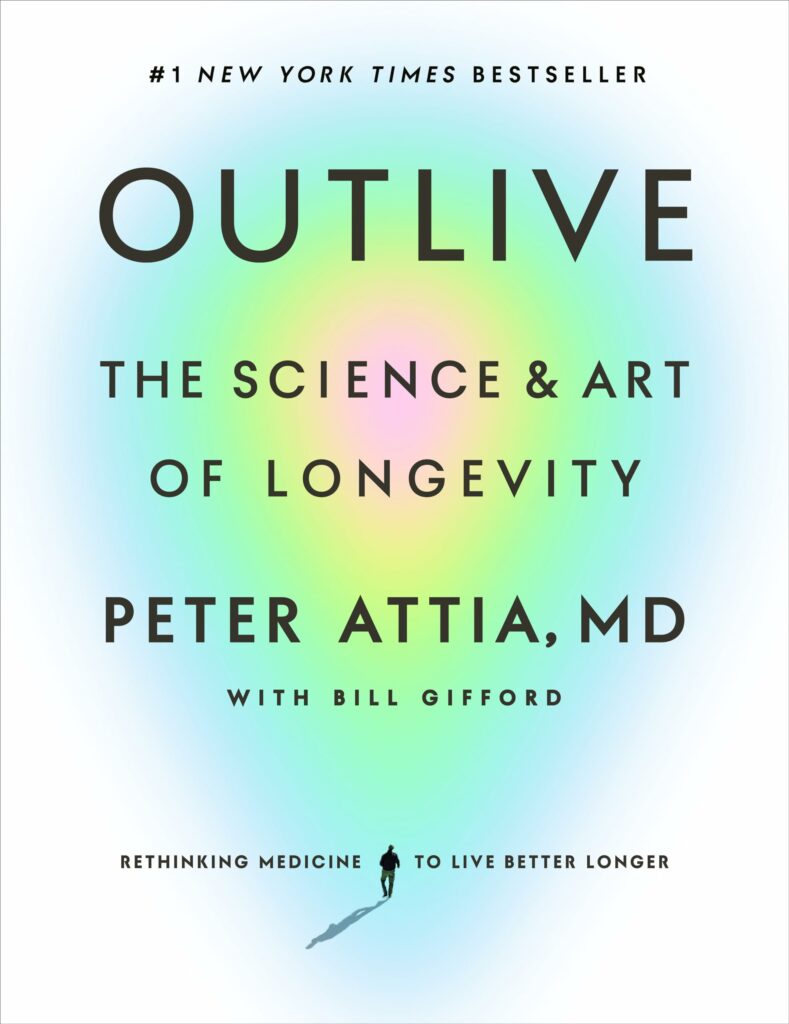I could feel the tension and energy seeping under the door. I could hear the curse words through the door, some directed at the situation and others at me. I could hear pencils and books being pushed off the desk and onto the floor.
Moments before, I was on the other side of the door nudging my son to stay on task and finish his chores and homework. He had been home for about an hour and still hadn’t finished cleaning his room or completing his homework.
I pointed out the clothes, toys, and trash scattered across the floor. I showed him the overflowing trash and collection of empty soda cans that he had hidden behind the dresser in his closet and his yellow homework folder sat unopened on the edge of his desk.
It wasn’t the first time I checked in on him, and his sigh of frustration got louder each time. He would stand up and begin to clean as I left the room, only for me to return with no discernable difference in its cleanliness.
After the third time, he snapped. He sat on the edge of his bed, and every answer to my questions about his thoughts and feelings included an appropriately placed curse word.
“$*!&#! homework.”
“$*!&#! chores.”
I wanted him to have his feelings, but I knew he wasn’t in a place where he could hear me or talk about them. So, I used my years of therapy to acknowledge his anger and frustration. I offered a few pieces of advice to help him navigate and source his anger, and then I told him to come and find me if he needed help or when he was ready to talk.
That’s when I found myself on the other side of the door, listening to his sounds of anger.

Leaving the situation is often the hardest thing to do. I desperately wanted to make him feel better…to say the right thing to make his anger disappear. But I’ve learned (again, thanks to years of therapy after countless examples of trying to solve everyone else’s feelings) that it’s not how it works. I’ve also learned that staying in the situation and taking the anger, frustration, and attacks is not required in any relationship. It doesn’t serve me, and it establishes and persists a toxic pattern of behavior that will strain or ruin a relationship.
There are times when it is necessary to stay in the room, particularly if there is a fear of harm. We went through that a lot when our son was younger, especially after we got him out of status and went through the myriad of side effects from medications like Keppra. There was little regulation, little impulse control, and a lot of anger. Oftentimes, we would have to sit with him, hold him, and take his rage until it passed.
We have worked hard to get here individually and as a family. The skills we have learned allowed us to identify and process our feelings and to understand and maintain a sense of love, trust, and respect. They allowed me to leave the room.
Ultimately, the most challenging but essential lesson is this: I can’t fix every moment of anger, frustration, or struggle my son faces. What I can do is create a safe space for him to process those feelings, knowing that I’m always there on the other side of the door.
It’s not about being perfect or having all the answers—it’s about showing up, staying connected, and trusting the work we’ve done as a family to guide us through. Healing isn’t linear, and neither is parenting, but each moment like this reminds me of how far we’ve come and how much strength and love we’ve built together.







